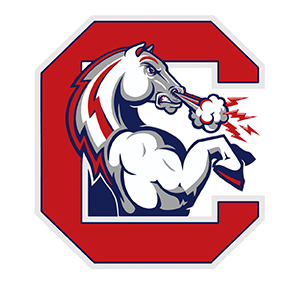Thursday, May 21st: MATH
Kindergarten: Adults are always saying you are full of energy. So, let’s burn some of that energy! Play skip counting hopscotch. Start out simply by labeling the blocks by 1s, 5s or 10s.
1st & 2nd: Grade: So, very proud of each of you. The light bulb was invented by Thomas Edison, a very famous scientist and inventor. The Edison Festival of Light is a large parade that happens in my hometown of Fort Myers, Florida each year. So, let’s see how many different light bulbs WATTS there are….
Here is a list of the different standard light bulb watts:
40 Watt, 60 Watt, 75 Watt, and 100 Watt.
Halogen Light Watt
29 Watt, 43 Watt, 53 Watt, 72 Watt
LED Light Watt
8 Watt, 13 Watt, 17 Watt, 20 Watt
How much more watts are used in the largest standard light bulb than the smallest LED light bulb?
How many watts would there be if you added the smallest light bulb in each category?
How much more is the largest Halogen bulb watt than the largest LED light bulb watt?
How much would the 60 watt standard lightbulb be than the 43 watt Halogen Light Bulb be?
How much would all the watts be if you added all the LED wattage together?
Make up some problems for your parents to solve and see if they get them right.
Send me some picks and look up the Edison Pageant of Lights parade - I marched in that parade when I was in High School - back in the day. Have a great summer!!!!
3rd: I would like for you to research energy efficient home plans with an adult. Look at different house plans. Then use a piece of paper to create your own energy efficient house plan. Label your house plan with measurements then find the perimeter of each of the rooms in your house plan. Happy building!!
4th: I would like for you to research energy efficient home plans. Look at different house plans. Then use a piece of paper to create your own energy efficient house plan. Label your house plan with measurements then find the perimeter and area of each room in your house! Happy building!
5th: Blast Off! Newton's third law states that every action has an equal and opposite reaction. On blast off, a rocket pushes the propellant out, and the propellant then pushes the rocket. The propellant comes out of the engine; this is the action. The rocket lifts off the launch pad in the opposite direction; this is the reaction. A balloon rocket is propelled by air. The greater the propellant, the greater the action and thus, the greater the reaction.
Let’s experiment with different amounts of air and measure the distance the rocket travels. 1. You will need drinking straw, balloons (long works best), clear tape, fishing line or long string, tape measure or ruler. 2. Thread string through straw, tie one end to the back of a chair, blow up a balloon and tape to straw, pull string tight and keep tight until measuring how far your “rocket flew”. 3. Conduct several flights changing the number of breaths used to inflate balloons. Keep an Input and Output table showing the relationship between number of breaths and distance rocket traveled. Why do you think the results were what they are?
6th: Let’s see how we can problem solve with fractions, decimals and percents.We use more and more energy each and every day. We use it to make electricity, heat and fuel. It powers our laptops and TVs, gives us hot water and warm, comfy spaces, and helps transport us from one location to another. Click on the link to solve problems about real world energy use. Renewable Energy Math Worksheet
#WeirExcellenceShines

